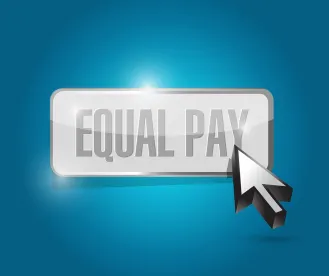On September 29, 2016, the Equal Employment Opportunity Commission (EEOC) announced that it would begin to collect summary pay data from employers by March 31, 2018 (and annually on March 31 thereafter). Under the new rule, no EEO-1 need be filed in 2017. In a surprising move, the EEOC made this announcement without formally publishing a final rule. On July 14, 2016, the EEOC published a second proposal for the EEO-1 form, after receiving over 300 comments on its first proposal from February 2016. The EEOC has adopted its second proposal as final (the period for public comment closed on August 14, 2016), although no final publication has yet appeared in the federal register. The major objections to the form by commentators yielded no changes.
Given the change in the Administration, opposition on Capitol Hill by powerful opponents of the proposed reporting requirements, and the myriad of other issues identified regarding the methods used to analyze the data and its uses, employers should closely monitor the implementation process to determine whether the new EEO-1 form survives.
If the change in the EEO-1 reporting survives, private employers and federal contractors and subcontractors with 100 or more employees must submit summary pay and hours-worked data to the EEOC. Federal contractors and subcontractors with 50-99 employees will still be required to report data about employees’ race, ethnicity, and sex by job category. In a question and answer sheet, the EEOC advises employers that they can count their employees during the “workforce snapshot period,” which will be between October 1 and December 31, 2017. Employers may count their full- and part-time employees based on any pay period during the snapshot period.
Individual pay and salaries will not be reported, however, the total number of employees in each pay band must be reported (there are 12 pay bands listed for each EEO-1 job category). Employers must also report the number of hours worked in each year by all employees in each pay band. In the case of non-exempt employees, employers must report the exact hours worked. For exempt employees, however, employers may choose between:
-
Reporting actual hours worked, or;
-
Reporting 20 hours for each part-time employee and 40 hours for each full-time employee
Employers must use the pay reported in Box 1 of the W-2 form to sort employees into the correct pay band. The use of W-2 data was the subject of much criticism during the first proposal’s comment period. The EEOC did not address these criticisms in the second proposal it has now adopted, except to move the due date for the new EEO-1 form from September 20 to March 31. As a result of the change in the reporting period, employers will not have to span two years of W-2 data to determine “income” for purposes of the new EEO-1 form. However, the issues with W-2 pay data not being an accurate measure of pay for investigating pay discrimination remain the same.
Security concerns also remain salient, as the EEO-1 information will be released to the Office of Federal Contractor Compliance (OFCCP), which is not subject to the same privacy requirements as the EEOC. The EEOC is subject to Title VII privacy requirements, whereas the OFCCP is subject only to the Freedom of Information Act and Trade Secrets Act. Concerns with data security breaches also remain relevant in light of well publicized federal data security breaches.






 />i
/>i
